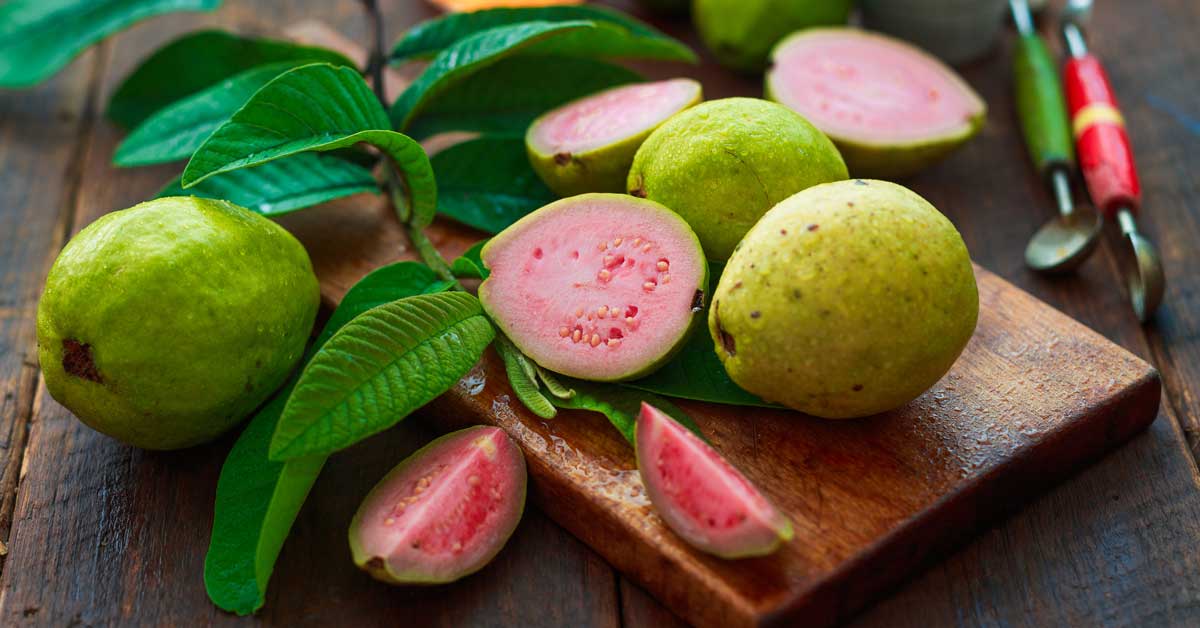- India’s 2020 guava crop is well underway.
- The crop season will run until September.
- So far, the crop is progressing well and as expected.
The Top Producers in 2020
- Global guava production amounts to around 46.5m tonnes each year.
- Though the fruit’s origins are in Mexico and Central America, India is the world’s largest guava producer, accounting for 50% of global production.
- Other key producers include China (10%), Thailand (7.5%), Mexico (4.5%), Brazil, and Egypt (3%).
Note: Guava flowers throughout the year in India, mainly in the Spring, providing yields between June and September. This is why India accounts for such a large proportion of global production.
The Coronavirus’ Impact on Guava Production
- Like most industries across the globe, the coronavirus has affected guava production.
- However, the 2020 season is on track, with India’s crop underway and Egypt’s due to commence in September.
- India’s production of pulp min.9 brix is stable, as is concentrate at min.20 brix.
- Fortunately, the somewhat less than ideal weather patterns have not hindered production as of yet and demand from the fresh market is high.
Some Added Context…
The Commerical Varieties
- The two main commercial varieties are White Guava and Pink Guava.
- White Guava contains more sugar, starch and seed; it supposedly contains more Vitamin C than any other fruit as well!
- Pink Guava is named as such because a naturally occurring organic pigment called ‘carotenoid’ gives it its distinct pink tinge; this is the same compound that gives carrots and tomatoes their colour.
Consumption
- Guava is eaten as a fresh fruit, turned into beverages and has a wide array of other culinary uses, especially in Latin American countries.
- With this, guava is exported in three forms; fresh, purée and preserved.
- Despite India’s large production, only a very small proportion of its fresh guava is exported – most is consumed domestically.
- Higher-quality purée is more flavoursome, has a smoother texture and a deeper colour.
- The fruits’ smooth and creamy texture is fully realised only when the grit (stone cells) is removed; this is the purée.














